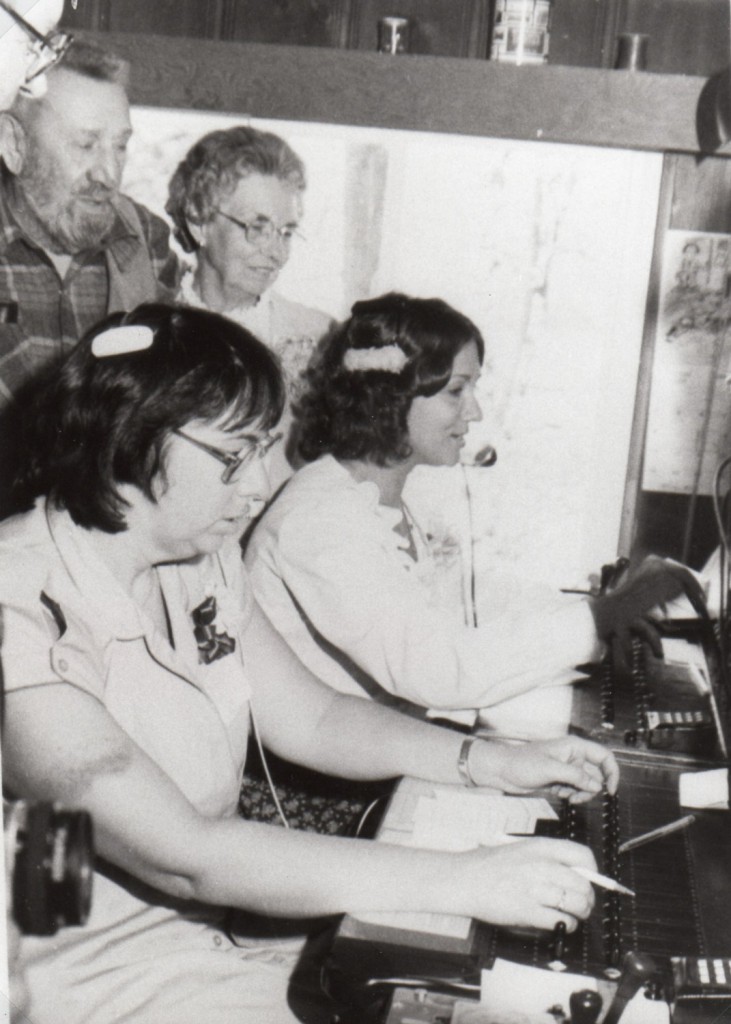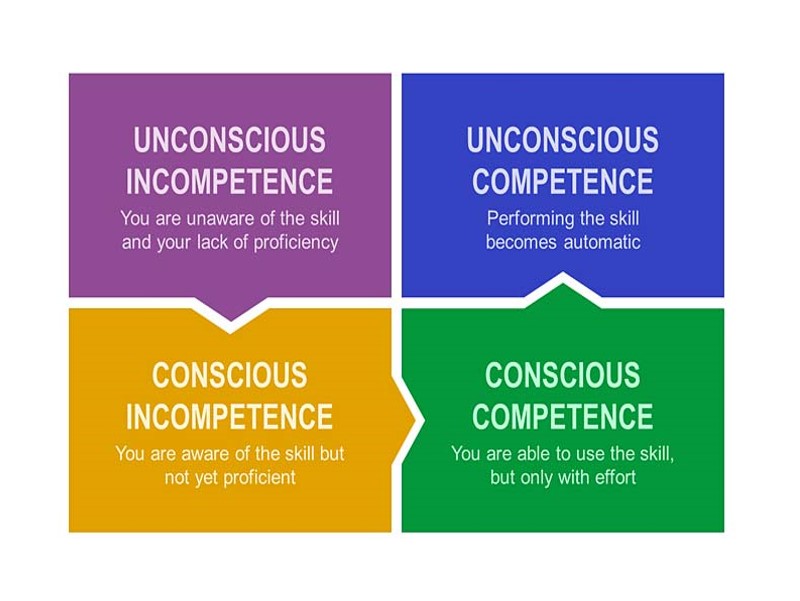Last week I attended the C2MTL event on creativity and commerce in Montréal. This event was packed full of information, education and entertainment on innovative ways to do business. There were great speakers from all over the world and many spoke about how to use the latest information technologies to better plan and manage businesses and organizations.
 Two of the speakers spoke about the importance of company culture and values towards creating not only a fun and happy workplace, but also how it impacted the performance and bottom-line of the company.
Two of the speakers spoke about the importance of company culture and values towards creating not only a fun and happy workplace, but also how it impacted the performance and bottom-line of the company.
The first was Tony Hsieh of Zappos. One of Tony’s most important values is to have fun at work. In fact. He sold his first business LinkExchange to Microsoft for $265 million mainly he claims because it was no longer fun going to work. He obviously has changed that Zappos and fun is a core value that all employees embrace. But of course fun is not enough to make a profitable business and their other values reflect more the focus on the customer. Zappos are famous for their customer service and Tony claims this flows out of the values of the company.
Here’s a video of the employees talking about the company and its values.
Here is an interview with Tony Hsieh by Barbara Walters
Ray Davis is the CEO of Umpqua Bank and he also spoke about the importance of company culture, values and connection with the community. After all Umpqua Bank is a community bank with a strong focus on being different, and providing a unique customer service experience.
Umpqua Bank is clearly a bank like no other on the planet and it plainly shows how stepping out of the ordinary can produce extraordinary results.
Here is the Umpqua Bank video
Here is a video of Jeanne Bliss interviewing Ray Davis, CEO of Umpqua Bank
In this article from the New York Times titled, “Why do you Hate Work?” , there is clear evidence based on studies that employee engagement has a tremendous impact on organizational performance and business results. Happy employees are more engaged employees and this article and the studies referred to clearly indicate there is great room for improvement.





